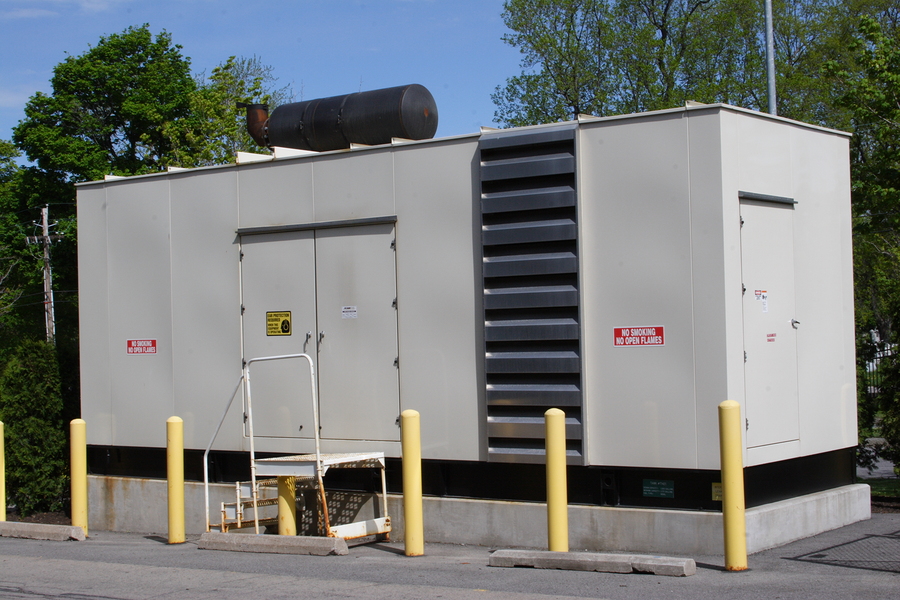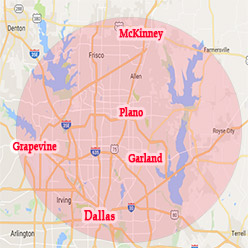How Do Power Generators Work?
 Having a backup generator is great for when power outages occur. Whether you have one for your home or for your business, it is a useful appliance to have if you do not want your business, or even your activities at home, disrupted by the power going out.
Having a backup generator is great for when power outages occur. Whether you have one for your home or for your business, it is a useful appliance to have if you do not want your business, or even your activities at home, disrupted by the power going out.
How does a generator give you the electricity you need to keep things running even when there is a power outage? Does a generator create electricity? How does it give you the exact voltage you need for your electrical needs?
Generators are made out of numerous components that include the engine, fuel system, voltage regulator, alternator, control panel, and exhaust system. These components help produce the electrical charge that your home or business needs to keep things running when power is out. These different parts work together in order to give you the right kind of power in the right voltage to safely run appliances and other electrical equipment.
Each part has a significant role to play, and it all begins with the engine. You should know that the bigger your generator engine, the more power it can generate. The more power you need, the bigger the generator you should get. This is why generators that are used for homes are generally smaller than those that are used by businesses.
Of course, the engine would not be able to run if there is no fuel, so a fuel system is required. This will consist of the fuel tank, the fuel pump, a ventilation pipe, the fuel injector, and the pipe that is used to feed fuel to the engine. The bigger the generator, the bigger the fuel tank since these will need more fuel than their smaller counterparts.
Since the engine produces mechanical energy, it will need something to convert that energy into electricity. This is where an alternator is used. This is the part that changes the mechanical output of the engine into an electrical current that you can use for your appliances.
The electricity that is produced by the alternator needs to be regulated since appliances and other electricity dependent equipment need a stable and standardized source of electric power. The voltage regulator converts the electrical current into a usable source, and this is what you use when the power goes out.
A generator also has an exhaust and cooling system. Just like the engine of a car, a generator heats up as it runs. If this did not have a cooling and exhaust system, it will overheat and either explode or cease to work. The cooling system keeps it from overheating, and the exhaust system releases the burned out fuel.
The power that is produced by your generator is then coursed to a control panel, where you will be able to turn the electricity on and off, as well as start and stop the generator itself. This is where you will also see the different gauges that tell you whether oil is low, fuel is low, or if the engine is overheating. This is also where you will see the voltage output, the selector switches, and control switches.

